Mining is one of Australia's longest-lived and most well-known industries. It's also a huge employer – according to the Australian Bureau of Statistics (ABS), 173,388 people were working in different types of mining across the country in 2014-15.
With so many people involved, and so much at stake, it's vital that those in charge of mining operations are able to keep their staff safe on the job. In this edition of our deep dive series, we'll delve into the history of safety in mining, the key risks to today's personnel, and the rules you should follow to ensure your employees are safe at all times.

The recent Australian mine safety record
There are inherent risks involved with the mining – staff work in proximity to heavy machinery, often have to perform physically strenuous tasks and operate in difficult conditions.
While significant efforts have been made in recent years to reduce the number of serious injuries and deaths across the sector, mining still has some of the highest worker fatality rates of any industry. In fact, in 2016, mining was sixth in the list of industries with the highest number of employee fatalities, according to Safe Work Australia. It's clear, therefore, that more needs to be done.
It's important to note that workplace health and safety (WHS) in the mining industry isn't regulated by the Australian Government, but rather by individual states and territories. Here's where to look for legislative frameworks in your state:
- Victoria – Chapter 5 of the Occupational Health and Safety Regulations 2007.
- New South Wales – Health and Safety (Mines and Petroleum Sites) Regulation 2014, and Work Health and Safety (Mines and Petroleum Sites) Act 2013.
- Tasmania – Mines Work Health and Safety (Supplementary Requirements) Regulations 2012, and Mines Work Health and Safety (Supplementary Requirements) Act 2012.
- South Australia – Chapter 10 of the Work Health and Safety Regulations 2012 (SA).
- West Australia – Mines Safety and Inspection Regulations 1995, and Mines Safety and Inspection Act 1994.
- Northern Territory – Chapter 10 of the Mines Work Health and Safety (National Uniform Legislation) Regulations, and Work Health and Safety (National Uniform Legislation) Act.
- Queensland – Coal Mining Safety and Health Regulation 2001, Coal Mining Safety and Health Act 1999, Mining and Quarrying Safety and Health Regulation 2001 and Mining and Quarrying Safety and Health Act 1999.
- Australian Capital Territory – Work Health and Safety Regulation 2011, and Work Health and Safety Act 2011.
As a result, precise compliance regulations will vary depending on where your operation is based. Rather than simply parroting these laws back to you, we've come up with some simple but vital mine safety rules based on the four key risks associated with working in mines identified by Safe Work Australia. They are:
- Slips, trips and falls.
- Being hit by moving objects or machinery.
- Body stressing and musculoskeletal disorders.
- Working with high risk plant.
We'll examine each of these to analyse where the risks come from, and suggest possible mitigation approaches.

Rule 1: Ensure safe access around your mining site
This section will cover two from the above list of hazards – slips, trips and falls, and being hit by moving objects or machinery. The reason for the grouping is that these refer to the movement of people, materials and machinery around a facility, and because they're often the cause of the most concerning incidents.
For example, in its 2017-18 Mine Safety Performance Report, the NSW Resources Regulator found that, together, these two mechanisms were responsible for 75% of all serious injuries recorded in coal mines and metalliferous and extractive mines in the state.
So, what steps can you take?
1. Provide adequate access ways
Having a purpose-built access way is useful for reducing the risks of slips, trips and falls as well as collisions between staff and objects/machinery. Locker has teamed up with Webforge to supply their industry-leading handrail and grating solutions, which are perfectly suited for mining walkway applications. Key elements of these products include:
- A variety of tread patterns – All Webforge walkways are designed to offer excellent traction, you can improve upon plain gratings by adding a serrated tread. This will give employees extra grip, further reducing the chance of accidents.
- Different load bar and cross bar pitches – You can alter these depending on the load you need your access way to bear, meaning you can always be confident it has sufficient strength for your application.
- Handrails – Especially if you're walkway is at height, handrails provide a vital extra point of contact for users, again reducing the chances of serious accidents resulting from falls.
Webforge's most well-known offering in this space is the Monowills™ Link. This is a modular railing system boasting high quality and strength that can be delivered as a complete system or in component form to provide great flexibility for site managers. The system is wholly compliant with Australian Standard 1657, which governs requirements for the design, selection, construction and installation of fixed platforms, walkways, stairways and ladders.
2. Provide thorough briefings
This relates specifically to preventing personnel from being hit by machinery and moving objects. Your staff should all know when and where machinery will be operating, and what it will be doing. Having this knowledge will mean they take proper precautions when entering more dangerous areas of the site, and aren't taken by surprise by vehicles and machinery.
3. Enforce high-vis clothing
While we'll come back to PPE in more detail later, but here it's important to highlight the importance of enforcing high-vis clothing in your mining operation. This can mean the difference between a pedestrian staff member being seen or not seen by someone operating a vehicle or heavy equipment.

Rule 2: Think of your staff when providing equipment
Safe Work Australia reports that body stressing accounted for 39% of mining workers' compensation claims between 2001–02 and 2014–15. A lot of these incidents were the result of muscular stress from handling, carrying or putting down objects.
As a result you need to be conscious of your employees when investing in the equipment necessary for carrying out daily tasks.
Mitigation techniques for reducing bodystressing risk are:
1. Ensure proper training
Before members of staff start work, you need to be confident that they know the proper techniques for lifting and carrying heavy items. If you don't run your own courses on how to do this, there are plenty of WHS specialists out there who can come into your team and provide it.
2. Opt for lightweight equipment where possible
To help reduce the risk of straining on employees, try and find lightweight equipment where you can. A great idea here is using Locker's Tufflex flexible poly coated screens. These are far lighter and easier to maneuver than traditional wire alternatives, making the job of getting them into place much less physically taxing.
However, this doesn't come at the expense of quality – depending on the application, these screens can also have double the life expectancy of wire.
3. Consider noise
Mines are traditionally loud environments, which poses a long-term risk to employees' hearing. While the correct ear protection is important here, you can also make seemingly minor alterations to equipment that can result in a far quieter working environment.
One such change can be switching to rubber for a variety of different applications. Rubber wear liners, for example, not only reduce noise of operating screens, but also increase the wear life of machinery.

Rule 3: Invest in proper PPE
An absolutely vital step to protecting workers from a dangerous plant is investing in and enforcing PPE. While you should read your local state legislation to find out exactly what you need to provide to staff, the fundamentals include:
- Head and face protection: This includes a hard hat, ear protection, safety glasses and either a half or full face mask. Masks prevent miners from inhaling potentially dangerous gases while working underground. Whether your personnel need a full or half mask will depend on the levels of gas detected at your site.
- Upper-body protection – There are plenty of designated mining suits out there which will provide workers with something strong enough to withstand the wear and tear of daily life in the mine. These suits should also have multiple reflective strips on them to help employees be seen in darker areas. Gloves are also important and need to offer a balance between strength and flexibility.
- Legs and feet protection – Steel capped, knee high boots are important for protecting feet, while soles should feature anti-slip properties to reduce fall risks.
While there's no getting away from the fact that mining involves risks, it's your responsibility to keep your staff safe while they're working for you. To find out more about how to reduce hazards in a mining environment, or to find out more about our purpose built mining equipment, get in touch with the team at Locker today.



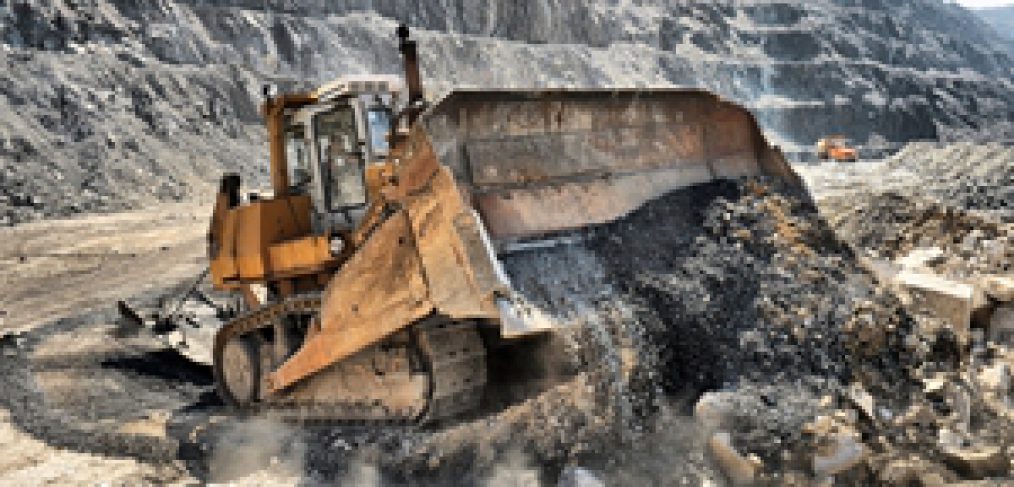



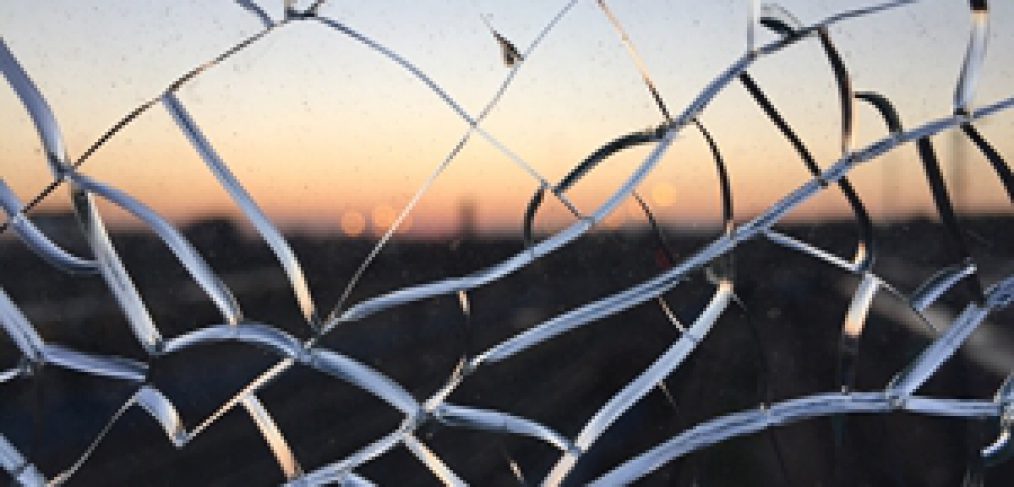
 The effects of poor construction materials can be deadly.
The effects of poor construction materials can be deadly. It is important to factor in the cost of replacing inferior building products later on.
It is important to factor in the cost of replacing inferior building products later on.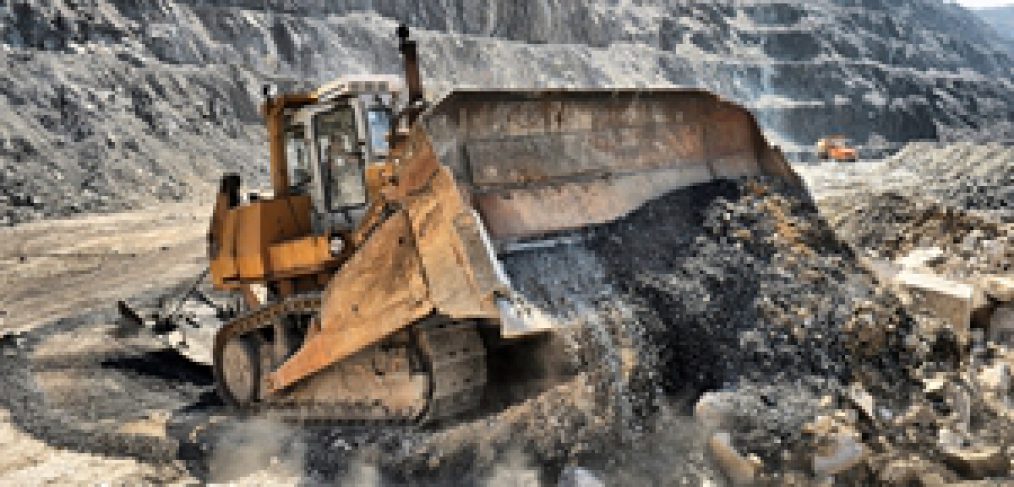
 The familiar browny-red of Aboriginal art comes from the minerals they first used to create pigments.
The familiar browny-red of Aboriginal art comes from the minerals they first used to create pigments. The gold rush of the 1850s laid the foundations for Australia to become the second largest exporter of gold.
The gold rush of the 1850s laid the foundations for Australia to become the second largest exporter of gold.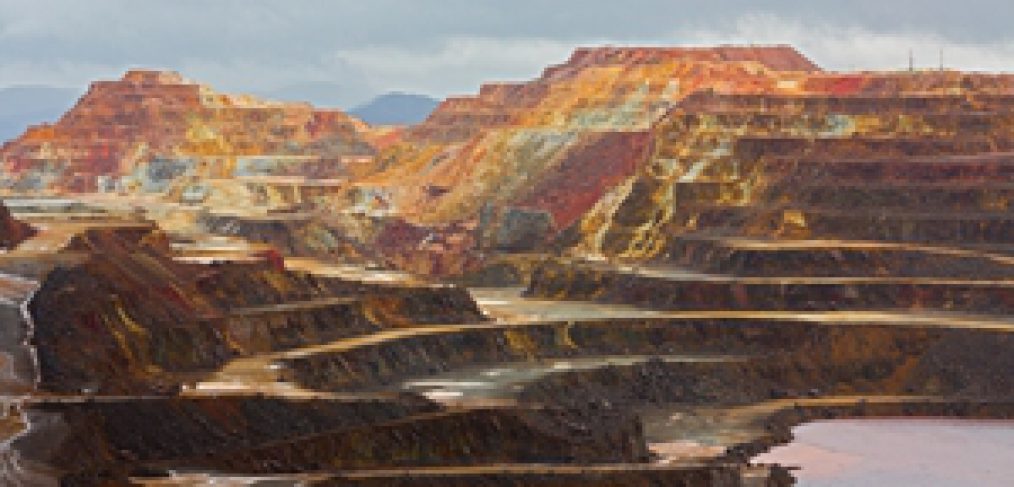
 Lithium is a key component in mobile phone batteries.
Lithium is a key component in mobile phone batteries. We need to learn from the lesson of coal and iron ore and start adding value before exporting.
We need to learn from the lesson of coal and iron ore and start adding value before exporting.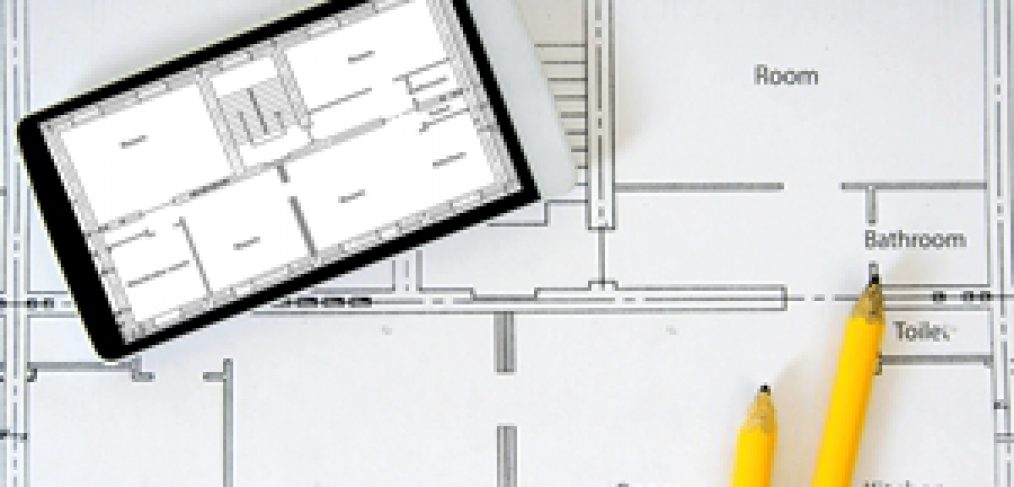
 Overcoming building challenges requires solid teamwork.
Overcoming building challenges requires solid teamwork.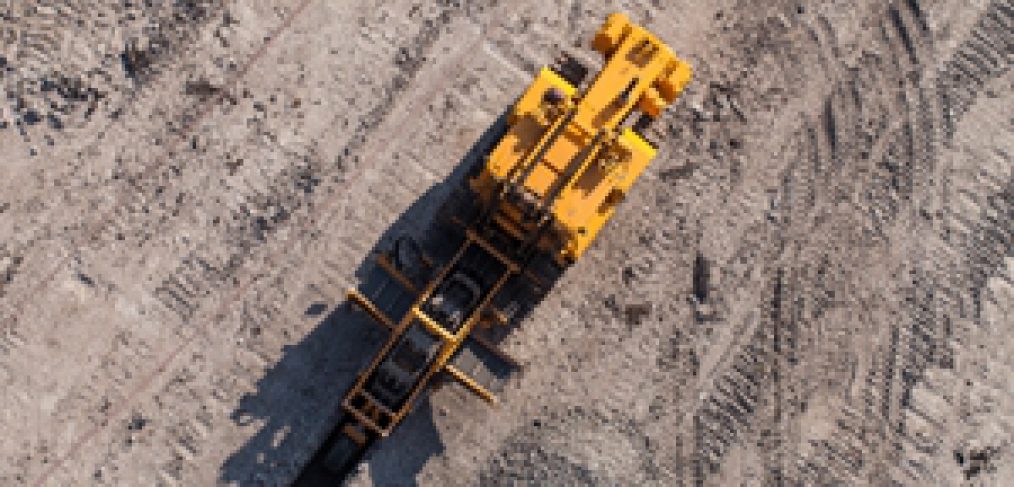
 As revenues start dropping, mining companies need to adjust.
As revenues start dropping, mining companies need to adjust.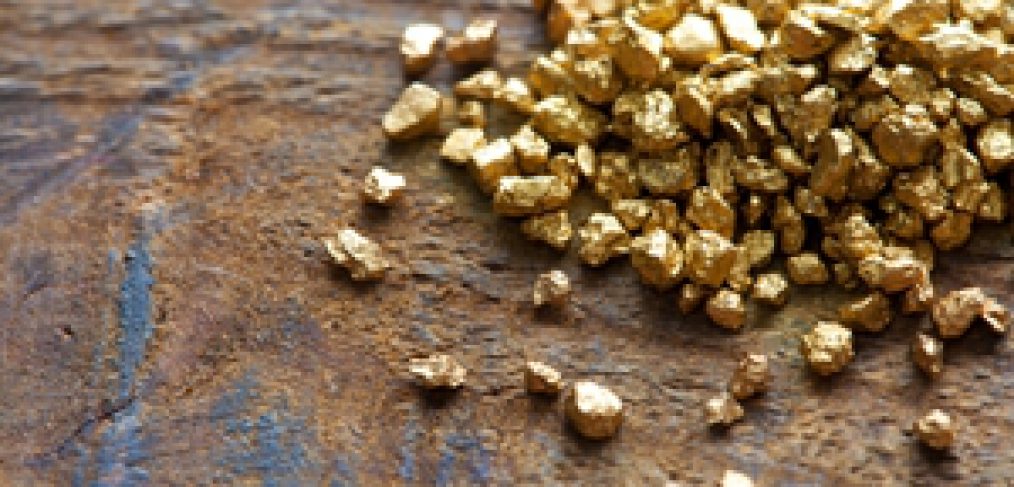
 Empire Resources eventually plan to take their mine underground.
Empire Resources eventually plan to take their mine underground.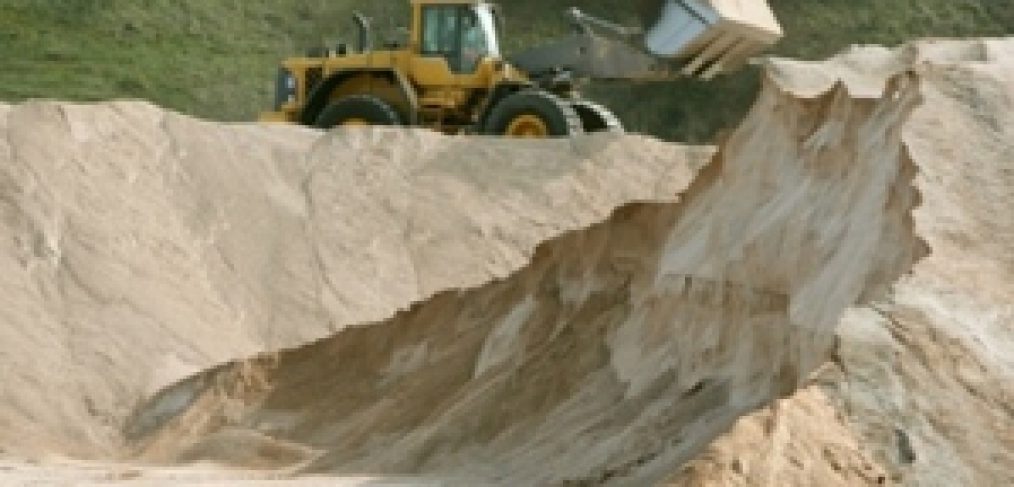
 FRP is an ideal solution for the salt mining industry.
FRP is an ideal solution for the salt mining industry.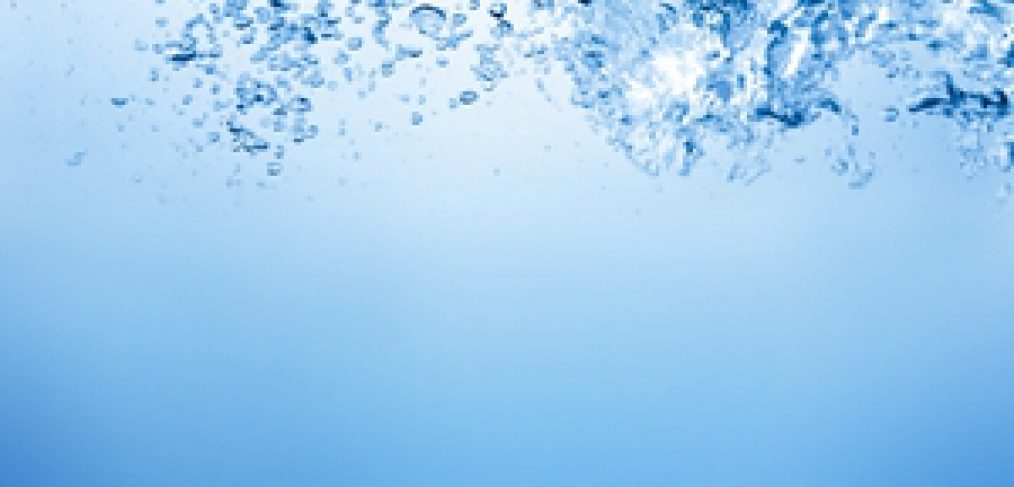
 Reducing water consumption is important for sustainability.
Reducing water consumption is important for sustainability.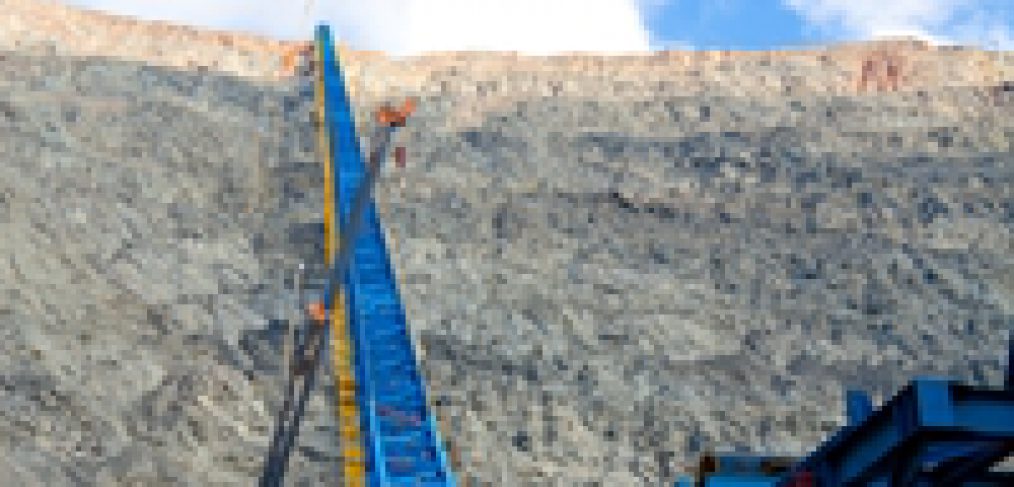
 Diesel transportation is no longer the most efficient option.
Diesel transportation is no longer the most efficient option.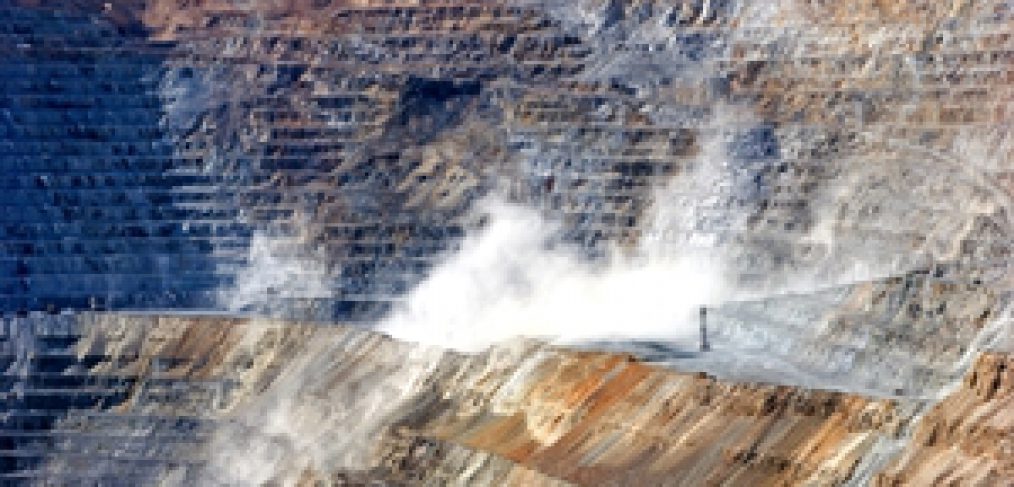
 It’s not just underground where dust is a problem.
It’s not just underground where dust is a problem.